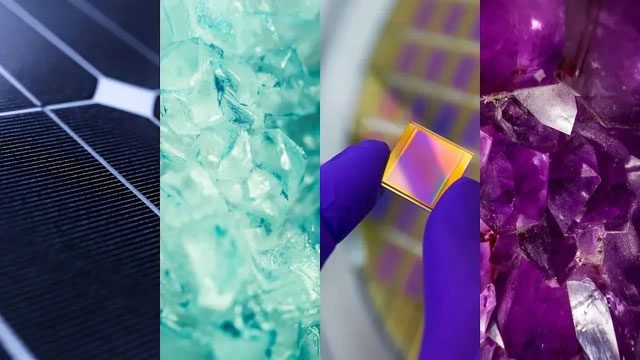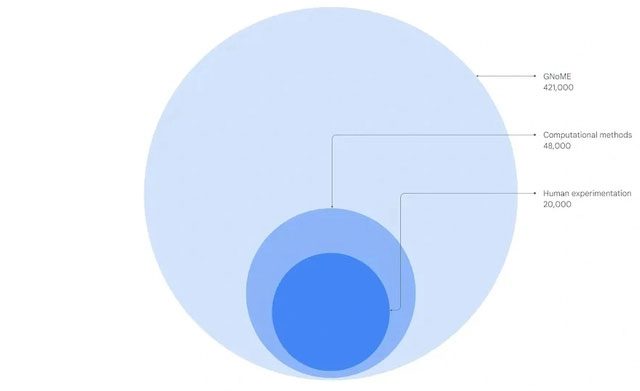Researchers from Google’s DeepMind artificial intelligence division have discovered 2.2 million different crystal structures, unlocking potential for a multitude of new discoveries in renewable energy and next-generation computing. These findings also demonstrate the power of artificial intelligence systems in the search for new materials.
Among these over 2 million new crystal structures, approximately 380,000 are stable enough to be developed into next-generation technologies, ranging from solar panels and electric vehicle batteries to superconductors for advanced supercomputers. These new discoveries also illustrate how powerful artificial intelligence systems can help humans shorten experimentation time in the search for new types of materials.

Google’s DeepMind has discovered 2.2 million different crystal structures.
“For me, materials science is fundamentally about abstract ideas meeting the physical universe,” said Ekin Dogus Cubuk, co-author of the study. “It’s hard to imagine any technology that wouldn’t be improved with better (newly discovered) materials.”
To discover these new types of crystals, DeepMind researchers developed a new advanced artificial intelligence network called GnoME (Graph Networks for Materials Exploration). Initially, the scientists built data from 48,000 types of materials known for thousands of years, including copper and iron, as well as newly discovered materials.

AI GNoME discovers up to 421,000 types of new stable material crystals, significantly surpassing human computational and experimental methods.
From this data, the aforementioned machine learning network generates new material structures, then assesses their stability. Gradually, GnoME yields hundreds of thousands of new crystals. DeepMind estimates that the amount of materials identified through AI corresponds to the experimental knowledge accumulated over 800 years of human development, based on 28,000 new materials identified in the past decade.

The operational model of GNoME.
“From microchips to batteries and photovoltaic cells, the search for new types of crystals is often hindered by costly trial-and-error experiments,” the article in Nature states. “Our research demonstrates a scaling up of the types of stable materials known to humanity.”

Examples of materials discovered by Google’s AI algorithm have been verified by external research teams through their own studies.
Mr. Cubuk noted that two potential applications for the new compounds include creating new types of flexible layered materials and developing forms of neuromorphic computing, where microchips are used to replicate the functions of the human brain.
Researchers at the University of California, Berkeley, and the Lawrence Berkeley National Laboratory are also utilizing DeepMind’s findings for experiments to create new materials. Known as the A-lab experimental group, these researchers have implemented computational activities using historical data and machine learning to guide an automated laboratory, successfully creating 41 new compounds from a list of 58 compounds identified by AI, achieving a success rate of over 70%.
Consequently, the researchers behind DeepMind’s new AI tool have dubbed GnoME the “ChatGPT of the chemistry field”, referring to the significant impact this AI tool has on materials science.
“Scientific discoveries will be the new frontier of AI,” said Carla Gomes, co-director of the AI Science Institute at Cornell University. “That’s why I find this so exciting.”


















































